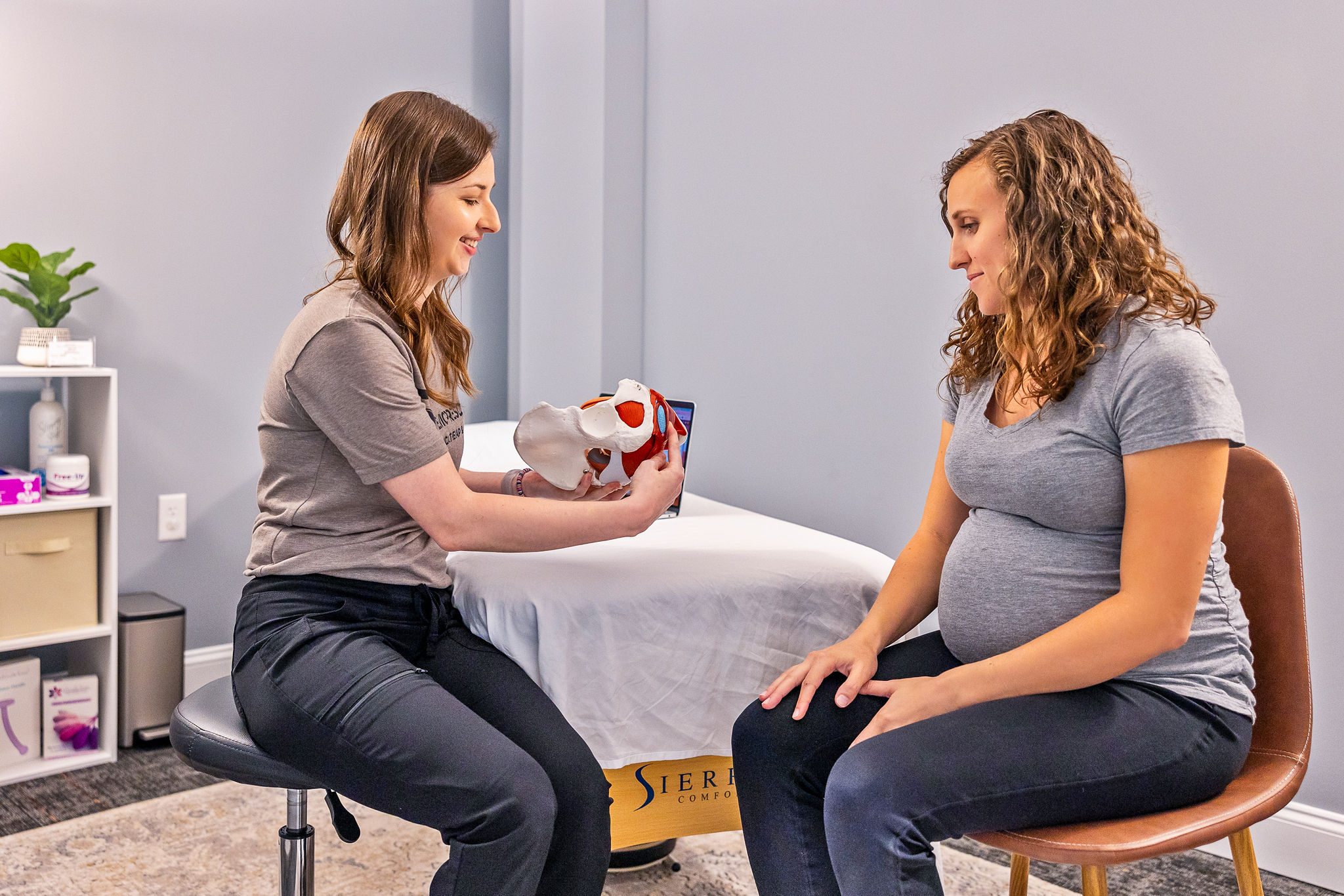We’ve all heard about the wonders of Kegel exercises when it comes to addressing leakage or pelvic organ prolapse. It’s often touted as the go-to solution for strengthening the pelvic floor muscles, but we’re here to tell you that Kegel exercises are not the end-all, be-all solution for everyone. It’s time to delve deeper into the limitations of Kegel exercises and discover alternative strategies for overcoming leakage and prolapse.
The Kegel Conundrum
Let’s start by acknowledging the benefits of Kegel exercises. These exercises involve contracting and relaxing the pelvic floor muscles, aiming to improve muscle tone and function. Kegels can be highly effective for some individuals, especially for mild cases of leakage or early stages of prolapse. However, it’s important to recognize that they might not be the magic solution for everyone.
The Complexity of Pelvic Floor Dysfunction
Leakage and pelvic organ prolapse are often multifaceted issues. While weak pelvic floor muscles can contribute to these problems, there are other factors at play. For example, hormonal changes, connective tissue weaknesses, nerve damage, and even certain medical conditions can all impact pelvic floor health. It’s crucial to address the underlying causes rather than relying solely on Kegels.
Contrary to popular belief, pelvic floor dysfunction is not always solely due to weak muscles. Sometimes, the issue lies in the coordination and movement of the pelvic floor muscles. It’s possible to have strong muscles but still experience leakage or prolapse due to poor muscle coordination or muscle imbalances. Simply doing Kegels might not adequately address these complexities.
Alternative Therapies
Fortunately, there are alternative therapies available that go beyond Kegels to target pelvic floor dysfunction comprehensively. These therapies include techniques such as pelvic floor physical therapy, biofeedback, electrical stimulation, and even yoga or Pilates specifically tailored to pelvic floor health. These approaches focus on restoring proper muscle coordination, improving posture, and addressing any underlying issues that may contribute to leakage or prolapse.
If you’ve been diligently doing Kegels without significant improvement or if you suspect there might be other factors at play, it’s essential to seek professional guidance. A pelvic floor physical therapist or a healthcare provider specializing in women’s health can conduct a comprehensive assessment to identify the root causes of your symptoms. They can then create a personalized treatment plan that addresses your specific needs and challenges.
The Bottom Line
While Kegel exercises have their merits, they are not a one-size-fits-all solution for leakage or pelvic organ prolapse. It’s important to recognize the complexities of pelvic floor dysfunction and explore alternative therapies that go beyond Kegels. By seeking professional guidance and adopting a comprehensive approach, you can tackle the underlying causes of your symptoms and work towards regaining control over your pelvic health.
Remember, your journey to overcoming leakage or prolapse is unique to you. Embrace a holistic approach and empower yourself with knowledge and specialized care. Together, we can go beyond Kegels and pave the way to a stronger, healthier pelvic floor.




